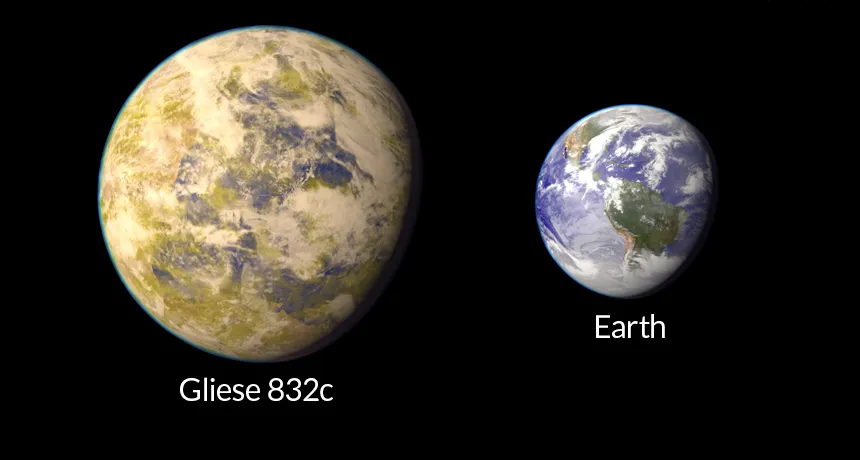Super-Earths may form in two ways
Contrast in star composition hints at two categories for large rocky planets

BULKING UP The formation of super-Earths like Gliese 832c, a potentially habitable planet roughly 5 times as massive as Earth (illustrated here), puzzles astronomers. New research suggests that not all super-Earths form the same way.
Planetary Habitability Laboratory/University of Puerto Rico at Arecibo